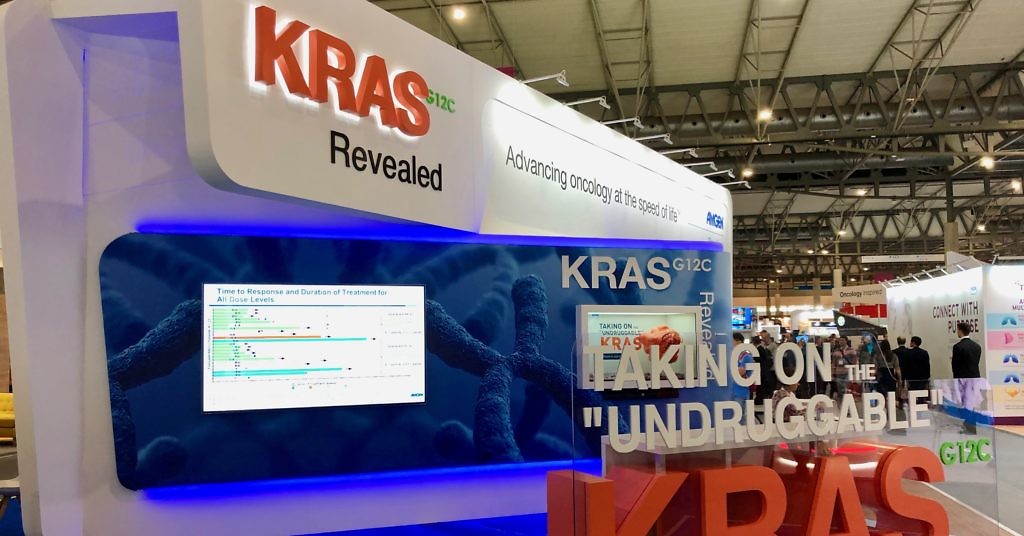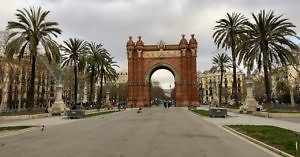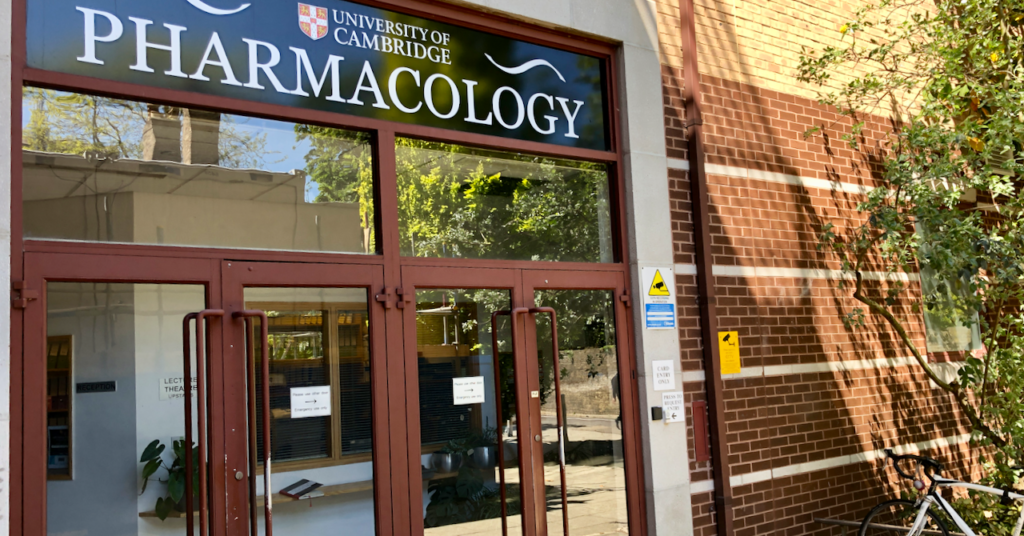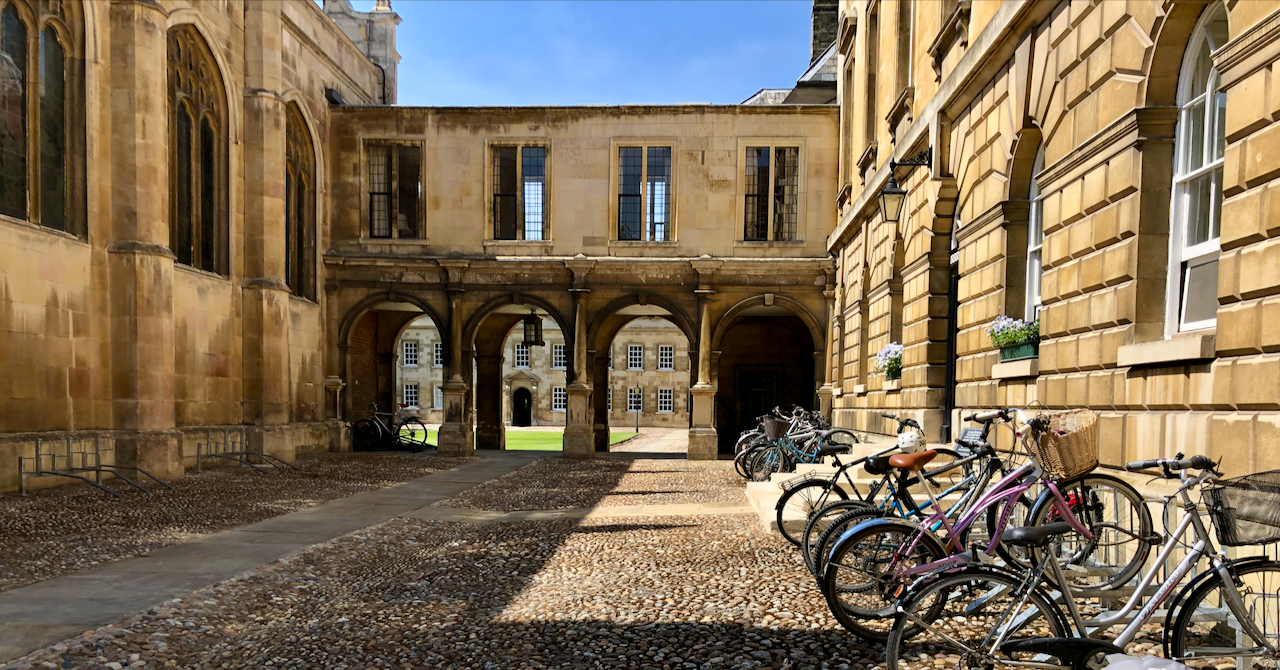Update on Amgen’s KRAS inhibitor in solid tumours
Barcelona – Today is going to be a very long and complex day at ESMO, with a multitude of key data expected from several trials ranging from the phase 1 Amgen data update on their KRASG12C inhibitor, AMG 510, AstraZeneca’s osimertinib in the FLAURA study plus a raft of others, including the phase 3 PAOLA–1 and CheckMate–227 trials.

In order to keep all the information straight and manage the various embargo deadlines at wildly different times, we’re going to break with tradition and post three different articles at different times on KRAS, FLAURA, and the daily running log of various studies and posters that catch our interest. Yes it’s a lot more work, but it’s the only way to manage all the deadlines!
This post will focus solely for the KRAS updates at ESMO19, including the initial data release, the presentation, analyses, and commentary. No doubt that means a series of updates will ensue so do check back regularly or follow the alerts on Twitter via @biotechstrategy.
Let’s roll!
To learn more from our latest oncology conference insights and get a heads up on our latest ESMO Coverage, subscribers can log-in or you can click to gain access to BSB Premium Content.
This content is restricted to subscribers










